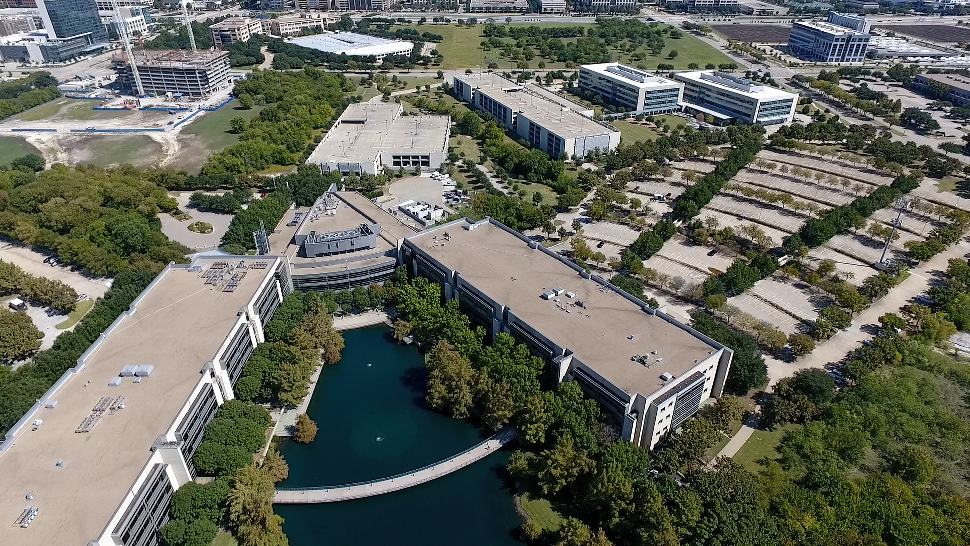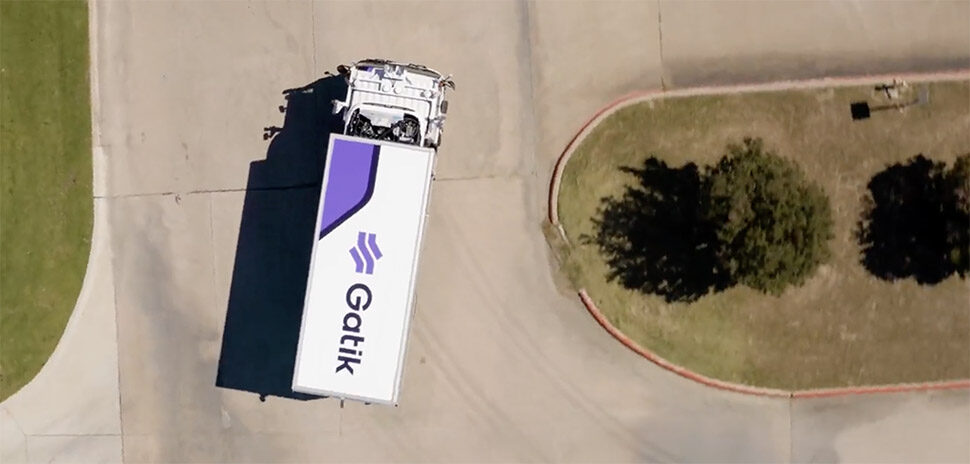Ericsson—whose North American headquarters are in Plano—is touting the success of a technology trial that could improve the lives of consumers and enterprises alike by improving cellular networks.
The company said it achieved a record-setting peak data rate of more than 1 Gbps for a single-user device in a recent 5G Standalone field trial.
“We’re excited to continue pushing the envelope of what is possible with 5G. Ericsson is committed to continue bringing the best technology to realize the full potential of 5G and CBRS early to the market to further catalyze the use of these advanced technologies,” Paul Challoner, vice president of Network Product Solutions for Ericsson North America, said in the statement.
Trial was conducted at Ericsson’s Plano HQ

Ericsson sets 5G indoor data speed record [Photo: Ericsson]
Ericsson said the trial was conducted over a live Citizen’s Broadband Radio Service multi-operator, neutral-host capable network at its Plano headquarters.
CBRS—or Citizens Broadband Radio Service—which is called “the innovation band,” has many use cases.
CBRS—or Citizens Broadband Radio Service—which is called “the innovation band,” has many use cases, Ericsson told Dallas Innovates. It’s a part of a radio spectrum (150MHz) that’s available for anyone to use.
The company said the OnGo Alliance coordinated the interoperability of the CBRS ecosystem and that the network where this trial took place is supported by a 5G core network as part of the 5G Distributed Innovation Network at Ericsson’s facility.
Indoor coverage has been a challenge for cellular networks
According to Ericsson, the network used the Radio 4408 for outdoor CBRS connectivity and the Radio Dot 4459 for indoor CBRS connectivity. The company said that indoor coverage has been a challenge for cellular networks, and this is the first time that indoor, over-the-air coverage through a shared spectrum has reached such a high data rate.
“Consumers and enterprises will benefit from the high-performing 5G CBRS technology that Ericsson is introducing,” OnGo Alliance Executive Director Alan Ewing said in a statement. “Ongoing improvements to 5G technology for the CBRS ecosystem provide users with the highest performance and seamless connectivity, whether deployed standalone or with operator spectrum.”
Key results of the field trial included:
• Single CBRS user connection over 1Gbps
• 5G SA connection with CBRS spectrum
• Seamless outdoor to indoor transitions
Ericsson Radio Dot 4459 is the latest addition to the Ericsson Radio Dot portfolio, the company said, and it is designed to support CBRS and C-band deployments. The new CBRS indoor Radio Dot uses advanced radio technologies such as 4×4 MIMO, 4G/5G mixed-mode operation, leverages the entire CBRS band (150MHz) and supports up to five component carrier aggregation on 4G and 5G carriers of up to 100MHz, Ericsson said.
CBRS has enabled innovative use cases
CBRS as a shared spectrum has enabled innovative use cases over cellular networks since its inception, the company said. Now, with demonstrable 5G gigabit speeds indoors and advanced capabilities, Ericsson said that enterprises can feel confident in deploying Private 5G networks with high speeds plus the additional benefits that come with 5G, including reliability, coverage, and mobility.
According to the company, the band can support many applications: from mobility offload where a public network can offer extra capacity using this band, to FWA (Fixed wireless Access) where internet service can be provided to houses, or even as the sole technology for a Neutral Host (multi-carrier) solution in multi-tenant buildings. There are also numerous enterprise applications from building management, to supporting ports, airports, hotel management systems among many others.
“It’s a very exciting band,” Ericsson said.
Communication service providers also can leverage CBRS for supplemental capacity where needed, especially inside buildings and venues with no added complexity, Ericsson said. Also, it shows that neutral host network operators can deploy the highest performing wireless network, bringing superior coverage and capacity to their enterprise and service provider clients.
Ericsson said that this combination of 5G over CBRS will enable diverse new applications for enterprises and sectors such as healthcare, energy, and transportation. It will be an impetus for the proliferation of private networks and can propel the Industry 4.0 evolution.
Private network and smart city impact

Ericsson’s USA 5G Smart Factory in Lewisville [Photo: Ericsson]
Cities would normally have to go to an operator and use their licensed spectrum for projects, Ericsson said. But the CBRS band allows the city itself to provide smart city services like traffic management and parking assistance, environmental monitoring, or video surveillance.
That also applies to private networks, the company noted. For example, the Ericsson USA 5G Smart Factory in Lewisville, Texas, uses the CBRS band, among others, for applications in manufacturing. 5G CBRS offers a high-speed, low-latency service that can be used for “demanding use cases.”
![]()
Get on the list.
Dallas Innovates, every day.
Sign up to keep your eye on what’s new and next in Dallas-Fort Worth, every day.
































